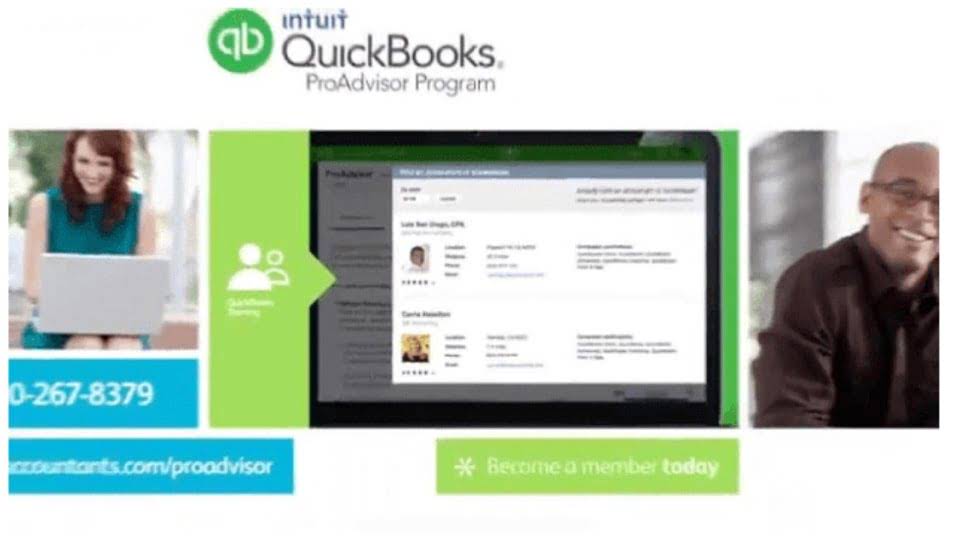
Creating an annual hotel budget is a crucial financial planning exercise that sets the foundation for achieving strategic goals and objectives. In this article, we will explore what a hotel budget entails, key steps in the budgeting process, best practices for format and preparation, and tips shared by hoteliers on effective budget allocation. Planning a hotel budget is not just a financial task; it’s a strategic task that impacts every aspect of your hotel’s operation. The process of planning, implementing, and monitoring a hotel budget is an ongoing journey. In the ever-changing landscape of the hotel industry, unforeseen challenges are a reality.
Incentives to align around profitability
- Hotel budgets are typically started in August, with the first presentations due in early September.
- Bloomberg reports that managers will be asked to reapply for roles in the bank’s new corporate and institutional banking unit.
- For overspending, you will have to get approvals from the assigned authorities.
- Forecasting your expected revenue and expenses on a monthly basis will help you stay on track throughout the year and see where you can improve to meet or better your goals.
- Ideally, your carefully planned budget will create more demand, decrease unsold rooms, and increase total revenue throughout the year.
So we are working with many different hoteliers, and in this case, it pertains to the management of a resort. Hotels in vacation markets for many have been influenced (indoctrinated) by tour operators on how to manage their property. As a result, budgets are made per person rather than per room, meaning that the total revenue objectives become ‘flexible’ if the measurement of results does not incorporate enough factors.

Discover hotel budgeting tips that help cut costs, save on labor expenses, and more
- Similarly, dates within the same week can see wild fluctuations in demand.
- Hotels need to track occupancy rates to predict demand and adjust pricing and staffing levels accordingly.
- Prior to the pandemic, hotels were spending approximately 50% of their annual budget on labor and staffing, according to Hotel Management.
- Meanwhile, a smaller-budget, more independent film like Terrifier 3 sees profit.
While budget season typically happens once every year, you shouldn’t put away your budget preparation materials until next year. Revisiting your budget regularly will help you understand current performance and refine your budgeting strategy for future years. Some hoteliers even choose to use a rolling budget, in which, every month, they add a new month to their forecast so payroll they always have a full 12- or 13-month forecast. Ever wish you could peer into the future and see what your hotel’s occupancy or RevPAR will be a year from now?
- Although you’ve already analyzed your compset’s STR reports, you should consider taking inspiration from their sale campaigns or marketing tactics.
- You get to prioritize what’s needed to be accomplished and plan it way ahead (like remodeling the hotel entrance or fixing a broken elevator).
- These goals serve as benchmarks for success and provide a framework for evaluating the effectiveness of budgeting strategies and resource allocation.
- Before the hotel budget can be finalized and implemented, it needs to be presented to different levels of management.
- Inflexibility is another common issue because budgets should not be stagnant as market conditions and operational needs are constantly evolving.
Step 6: Allocate Resources

The budget season typically starts a few months before the end of the current fiscal year and ends before the start of the new year. In order for your hotel team to remain on good terms after the budget preparation process, it’s important to ask for everyone’s input. The Sales team can provide estimates hotel budget for room night production per account, by month if possible. The Sales managers know their clients best, and they’ll likely have a pulse on whether a given account will produce more or less than the previous year. This foundation will allow you to layer in a budget for transient guests more accurately.
A candle is an ideal backdrop for a casual dinner or drinks with friends on the patio if you plan to stay outside for a while. If you already have a concrete patio, no matter what size it is, you can enhance it with some simple do-it-yourself (DIY) solutions. There are many affordable ways to make a small backyard look larger and create the illusion of an expansive space on a small concrete https://www.bookstime.com/blog/accounting-for-technology-companies patio. One method is to use outdoor area rugs to provide focus areas on the patio. For example, you can use an area rug in one corner of the patio, complemented with outdoor furniture, to designate a special sitting area. A concrete patio gives your home an appealing makeover and increases your home’s value if you decide to sell it eventually.

For instance, you might decide that it’s worth the expense to put in a new amenity for the extra revenue it earns, and the rate increase you can put on your rooms. When it comes to expenses, break them down into fixed and variable costs. For example, fixed costs include things like rent and staff wages, while variable costs might include marketing or supplies. Monitoring key economic indicators like GDP growth, employment rates, and consumer confidence can help predict broader trends affecting the hospitality industry.

